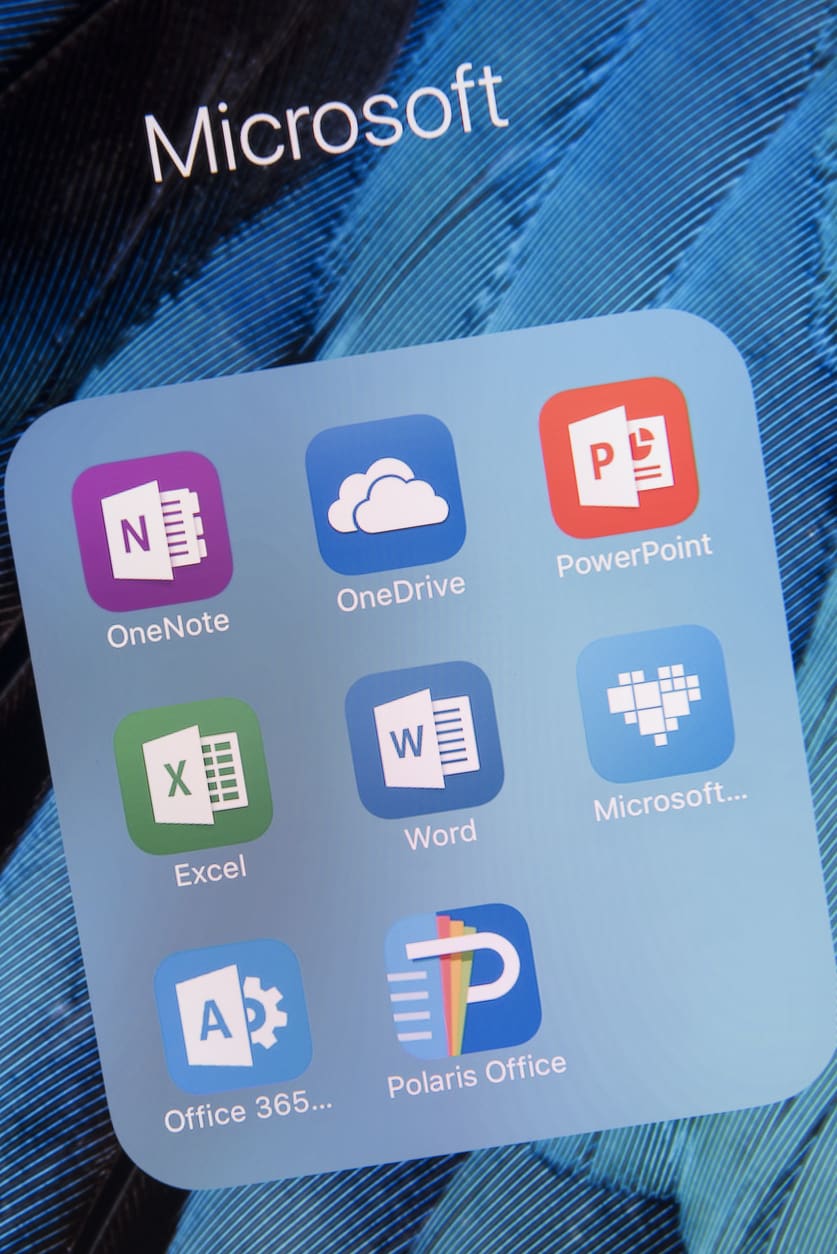Macros are one of the most powerful tools available to modern computer users, but they also come with unique risks. Understanding how to sign them digitally is important to ensure that macros can be used safely and securely. Digital signatures ensure that the macro code comes from a trusted source and has not been modified since its creation.
In this guide, we will explain how to digitally sign a macro and why it is an essential security precaution for those who use macros regularly.
The basics of VBA Application and Microsoft Office Macros
VBA Applications and Microsoft Office Macros make things easier on a computer. They are like shortcuts that can save time when you use them. VBA stands for Visual Basic for Applications and is a programming language used to create macro projects that automate tasks in Microsoft Office applications such as Excel, Word, and PowerPoint.
Some of the tasks that macros can automate include creating documents, manipulating data, performing calculations, and creating scalable workflows. While macros can be extremely beneficial, they also bring inherent security risks through malicious code execution. To protect users from these risks, it is essential to understand how to sign macros digitally with a signing certificate.
Why you should digitally sign a macro project
Digitally signed macros ensure that the macro is authentic, unaltered, and trustworthy. They can show if the code has been changed since it was made, which helps keep your computer safe from numerous malicious threats. These attacks and risks include malware, malicious code execution, and data breaches. These can be a major threat to your computer’s security and privacy.
By digitally signing the macro, you are providing a measure of assurance that it is from a trusted source and has not been tampered with since its creation. This helps to protect against malicious actors who may try to inject their malicious code into the macro. It also reduces the potential for data breaches and other security threats.
Furthermore, protecting the private key used to digitally sign macros and other executables is absolutely critical to prevent malicious signing. Attackers seek to steal code-signing certificates for VBA projects and macros to digitally sign malicious code and make it appear trusted, which undermines trust and creates a security risk for the organization.
The importance of digital signing certificates
When you digitally sign a macro, you are using a security certificate. It is a digital credential that binds the identity of an individual or organization to a public key. Security certificates ensure that their contents have not been tampered with since their creation and are trusted by other computers and devices. By protecting your private signing keys, you can ensure the security of your company’s macros.
IT and security teams can set standard policies to ensure that users are unable to run unsigned macros. By digitally signing macros and enforcing these access controls and policies, organizations can prevent malicious macros, which are often attached to phishing emails.
How to digitally sign a macro with Keyfactor Signum
If you want to sign your macro, Keyfactor Signum is a great digital signing tool that makes it easy to sign macros digitally. With just a few clicks, it lets you securely sign and deploy your code in minutes. By using Signum, organizations can secure their software through a SaaS framework. This framework allows the company to manage its native signing applications at any scale securely.
Keyfactor Signum is a reliable, secure, and powerful tool to enforce macro signing without creating friction for end-users. It allows you to automate the process of signing your macros, which can help save time and reduce errors. It also allows for integration with other applications, meaning you can easily access and manage your certificates across multiple platforms.
Once Keyfactor Signum is deployed in Azure, authorized users can request a Certificate Signing Request (CSR) through the Admin Console. This CSR is used to apply for a certificate issued from an internal private CA, like EJBCA, or an external Public CA, which will be used to digitally sign the macro. After uploading the signed macro to the Admin Console, authorized users can set parameters and permissions that are used to control access rights
Final thoughts
Microsoft Office Macros can be extremely beneficial but also carry inherent security risks. To protect against these threats, signing macros digitally using a secure tool like Keyfactor Signum is important. This ensures that only trusted users can access and run the macro and helps protect your data from malicious actors. By signing your macros with Keyfactor Signum, you can ensure the security and integrity of your code.


